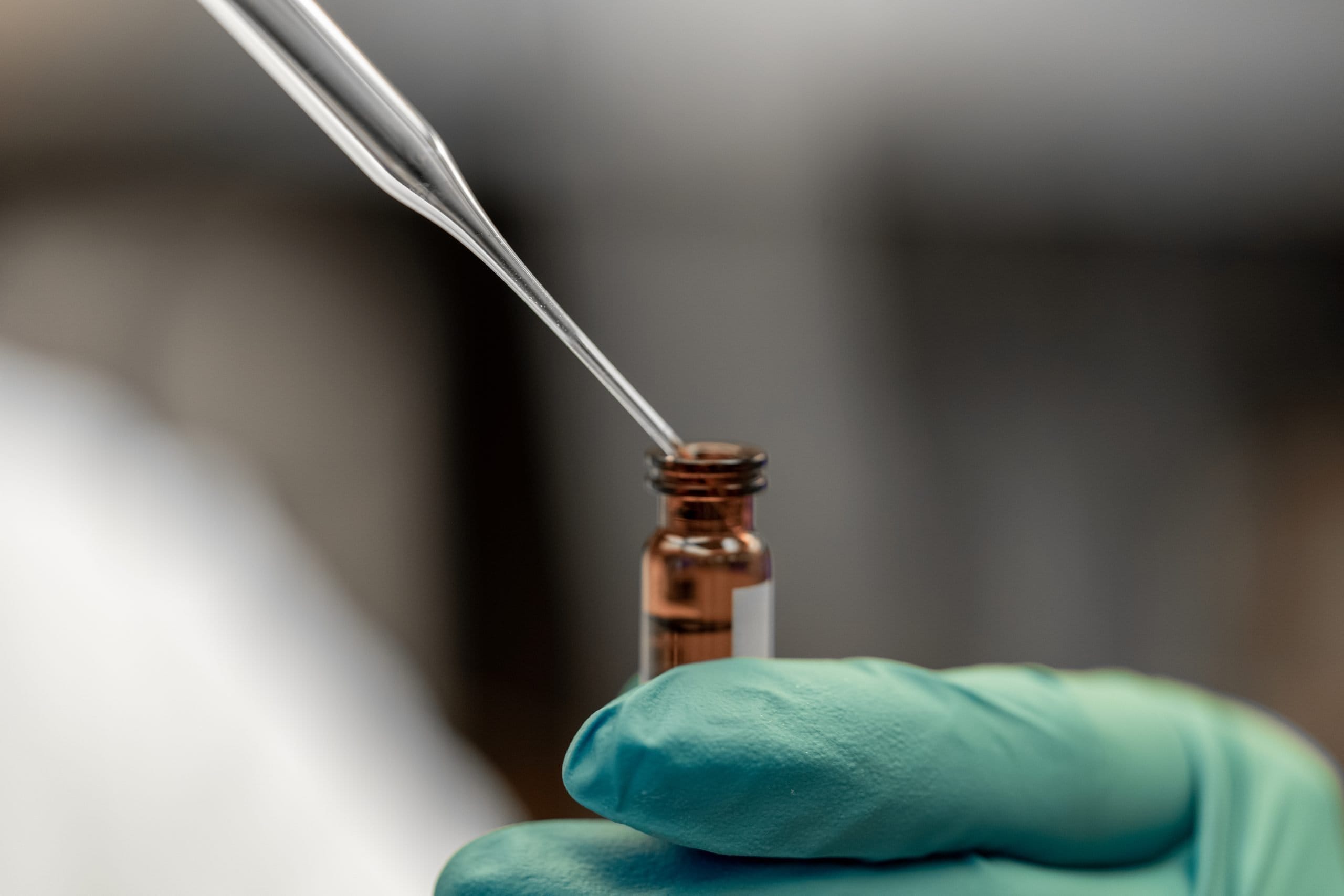Uses for Bisphenol A Dimethacrylate
Bisphenol A dimethacrylate (BDMA) is a chemical compound that belongs to the family of dimethacrylates. It is derived from bisphenol A, a commonly used raw material in the production of various plastics and resins. BDMA is primarily used as a monomer in the formulation of dental materials, adhesives, and coatings. Here are some of its main uses:
- Dental Materials: BDMA is widely used in dentistry for the fabrication of dental restorative materials such as dental composites and dental sealants. In these applications, it serves as a cross-linking agent that polymerizes and hardens the material when exposed to light. Dental composites, which are tooth-colored restorative materials used for filling cavities, often contain BDMA along with other monomers and fillers.
- Adhesives: BDMA is also employed as a key component in the formulation of various adhesives and bonding agents. It contributes to the adhesive properties by enabling the formation of strong bonds between different substrates. These adhesives find applications in industries such as automotive, aerospace, and construction.
- Coatings: BDMA is utilized in the production of coatings, particularly UV-curable coatings. UV curing involves the use of ultraviolet light to initiate the polymerization process and quickly cure the coating. BDMA’s reactivity and ability to form cross-linked polymer networks make it suitable for such applications.
- 3D Printing: With the rise of additive manufacturing, BDMA is finding its way into the field of 3D printing. It is used as a component in UV-curable resins for stereolithography (SLA) and digital light processing (DLP) 3D printers. These resins solidify and harden when exposed to specific wavelengths of light, allowing precise layer-by-layer printing.
For over 35 years, Hampford Research has been a leading producer of BDMA. For more information, please visit our website at https://hampfordresearch.com/energy-cured-resins/

